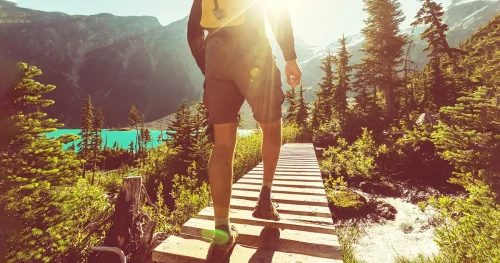Hiking in the summer can be a challenge. The hot weather can drain your energy more quickly, and finding shade on busy trails can be hard. Figuring out what to wear hiking in hot weather is key to improving your comfort levels.
We’ll give you a rundown on the best clothing to wear for warm-weather hikes, as well as some tips on how to manage your energy levels on hot days.
Table of Contents
What to Wear Hiking in the Summer
When you’re hiking in hot weather, there are two main factors to consider: keeping your body cool and protecting yourself from the sun.
Keeping Cool
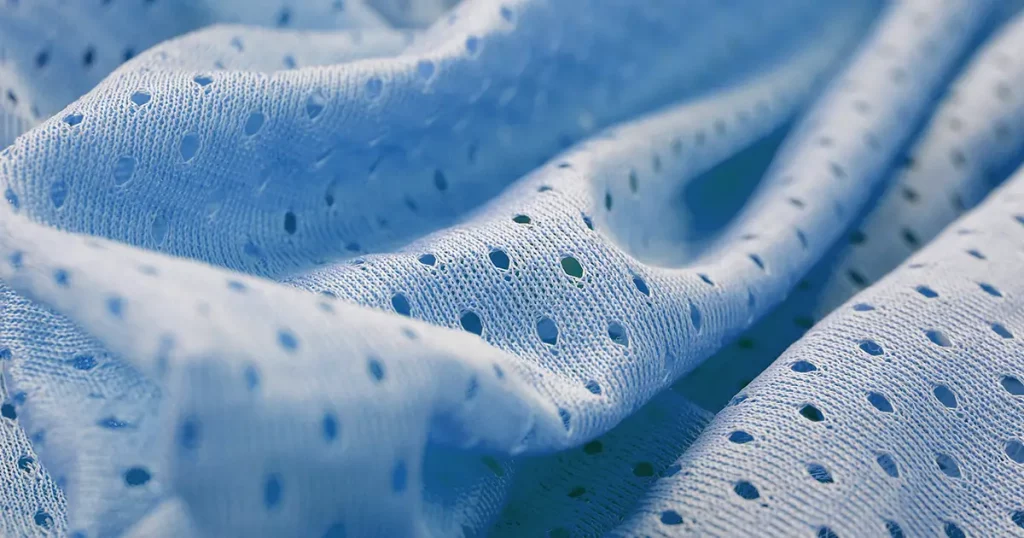
Whatever you wear, it’s important to look at the materials used. Moisture-wicking materials are essential. These fabrics will draw the moisture away from your skin if you start to sweat. This prevents chafing and discomfort.
Moisture-wicking materials are useful if the temperature drops, too. If you get sweaty during the day and the temperature drops at night, you’ll have to deal with damp fabric against your skin, which can cause hypothermia.
It’s also important to look for breathable material. There’s nothing worse than hiking in the full glare of the sun in clothing that makes your skin feel suffocated. Look for the word ‘breathable’ in the product description.
Sun Protection
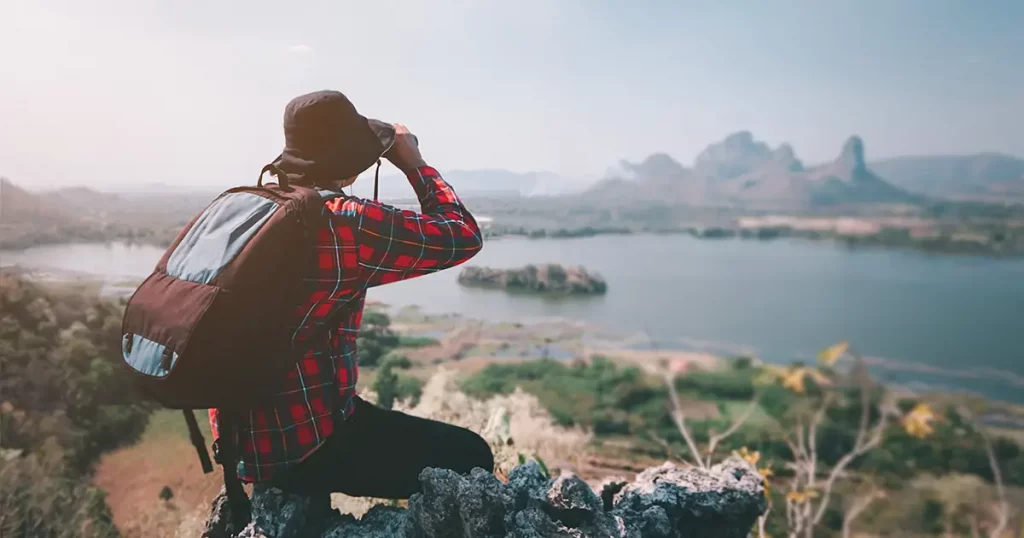
When it’s hot, you might be tempted to wear as little as possible. However, there are benefits to wearing long-sleeved tops and pants or at least bringing them with you in your backpack. If you’re going to be out in the sun all day, and there’s not much shade, you’ll have the option of changing into longer clothing to protect your skin from the sun.
While sunscreen is essential (and you should take some with you to reapply regularly), it’s still better to provide a layer of fabric over your skin if you feel yourself starting to burn.
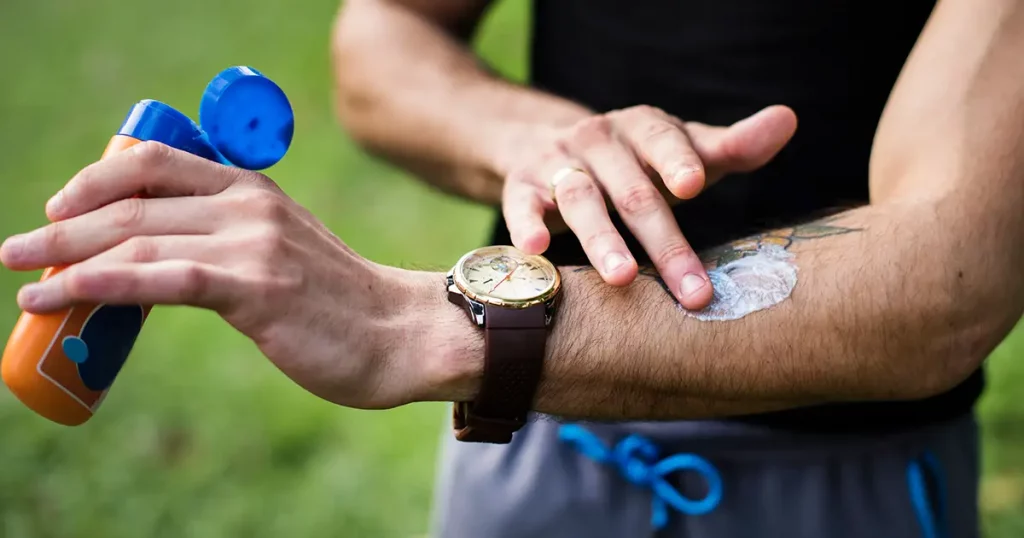
Being out in the sun all day without protection can help prevent heatstroke, which is dangerous at the best of times, especially if you’re hiking in a remote area without many people around.
Some fabrics have UPF protection built-in. This means they will provide some protection from sun damage, keeping your skin safe as well as protecting the fabric from wear and tear.
Summer Clothing Recommendations
So, what will you need for a hike on a hot day? Here are some products we’d recommend:
Hat
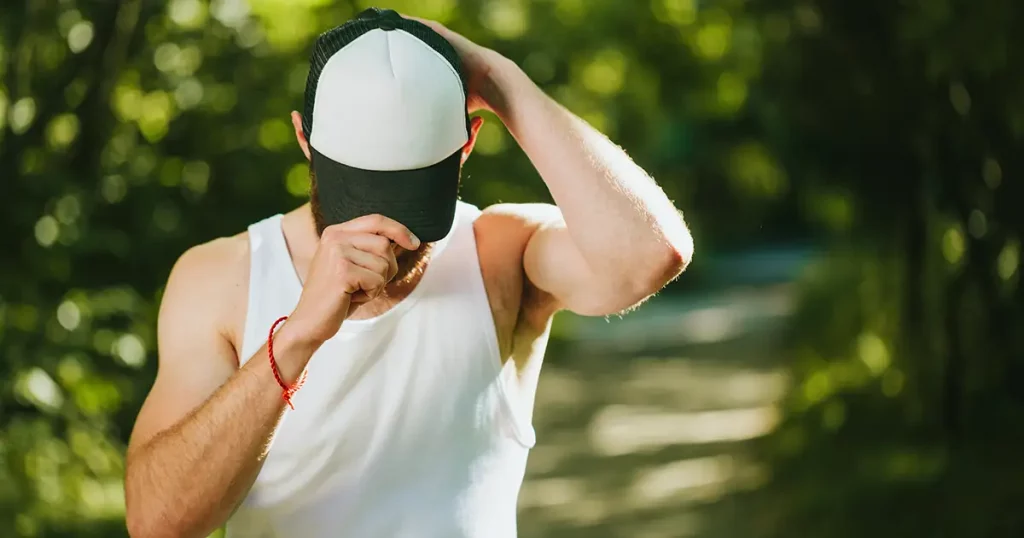
You can’t go wrong with a cap to protect your head from the sun. They’re breathable and easy to wear. For men and women, we’d recommend the Unaone Criss Baseball Cap. It comes in a few colors, and it has mesh areas to improve breathability.
If you want to protect your neck, you could go for something like a hat with a neck flap, which will obviously make you feel a little warmer but will protect the skin on your neck from sun damage.
Shirts
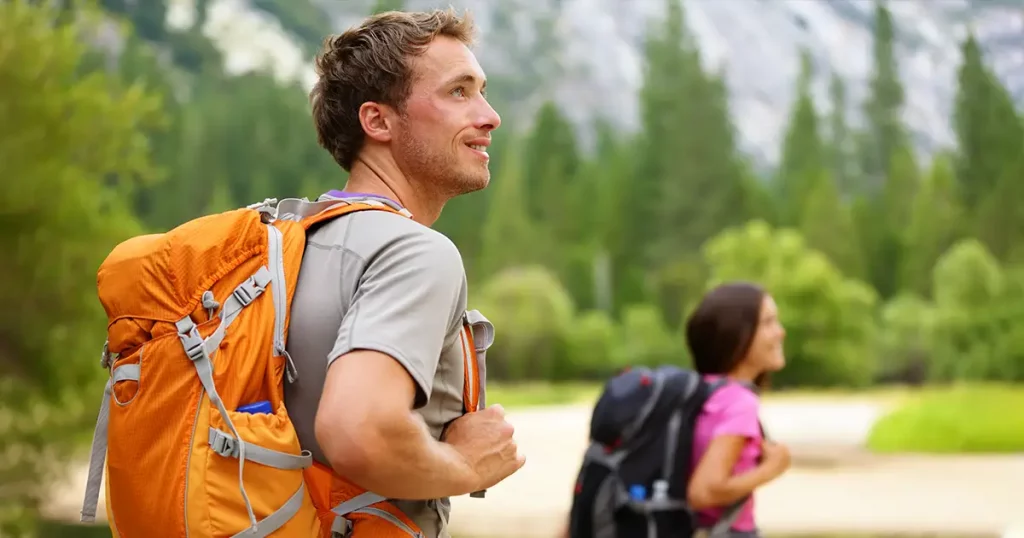
A short-sleeved shirt will help to keep you cool, and you can always change into a long-sleeved shirt later if you start to burn.
For men, we like the Columbia Men’s Thistletown Park Crew t-shirt, which is loose-fitting and breathable. It has UPF 15 fabric, which blocks some UVA and UVB rays, and it has moisture-wicking technology, too.
If you want a long-sleeved t-shirt, we’d go for the BALEAF Men’s Long-Sleeved Shirt, which has moisture-wicking material and a high UPF rating of 50+.
For women, if you’re looking for a short-sleeved tee, we like this pack of 3 workout tops from Icyzone. It’s moisture-wicking, loose-fitting, and comfortable to wear.
For a long-sleeved top, we’d go for the BALEAF Women’s Long-Sleeved Shirt, which is breathable, moisture-wicking, and has UPF 50+ fabric.
Pants
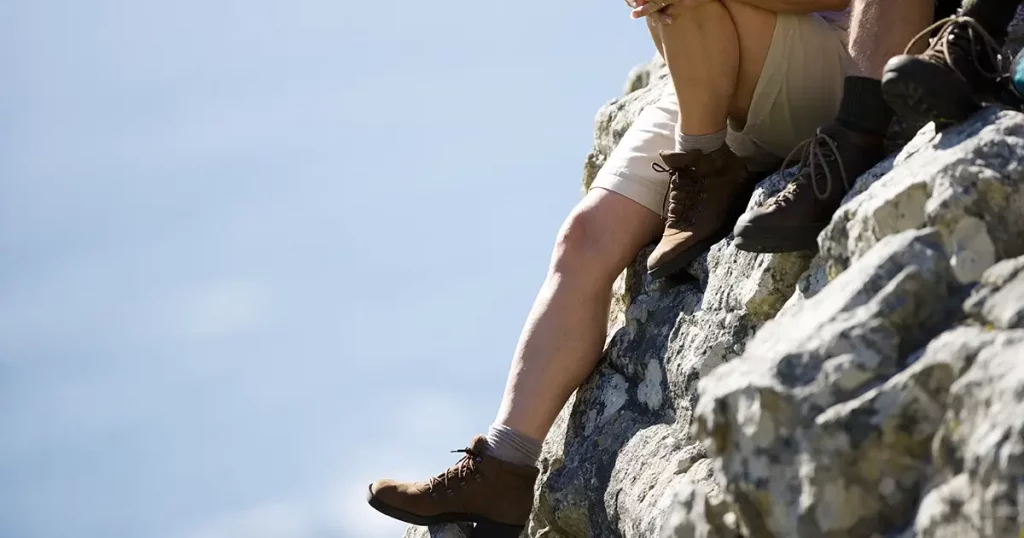
You can go for shorts or long pants. Hiking shorts have the advantage of being cooler. For men, we like the Wrangler Authentics Men’s Performance Cargo Shorts. They have a relaxed fit, they have a comfortable waistband for ease of movement, and they’re quick-drying, so if you do get wet, you won’t be uncomfortable.
In terms of hiking pants, check out the TBMPOY Men’s Outdoor Pants, which are lightweight, breathable, and they’re quick-drying, too.
For women, we like the BALEAF Women’s Long Hiking Shorts, which provide decent coverage from the sun. They’re stretchy and comfortable, they dry quickly, and they’re made from fabric with UPF 50+.
If you want long pants, check out the Libin Women’s Cargo Joggers. They’re lightweight and comfortable, and they have a UPF rating of 50+.
Socks
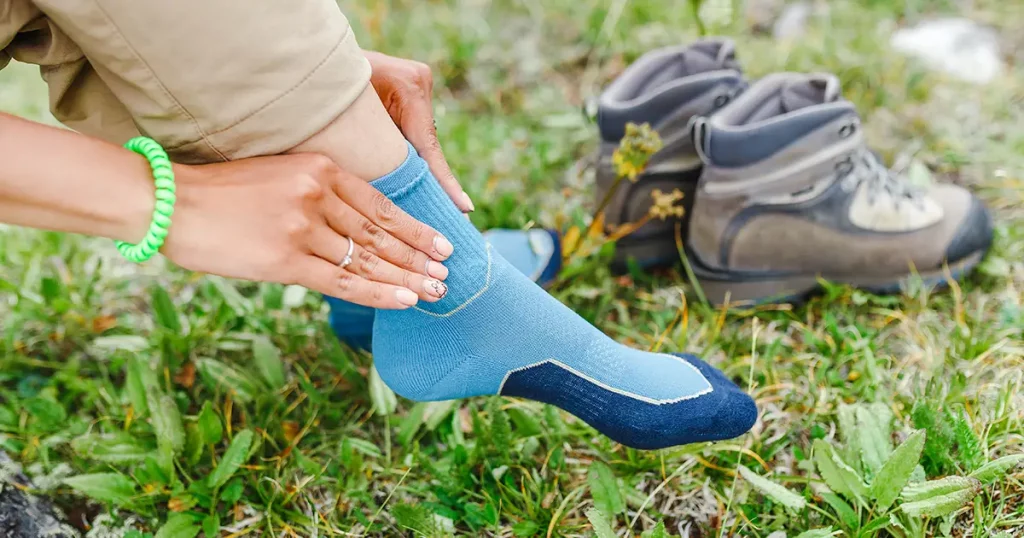
When it comes to socks, go for lightweight, breathable socks with moisture-wicking technology.
For men, we like the Merrell Men’s 3-Pack Cushioned Performance Hiker Socks, and for women, the Merrell Women’s Cushioned Performance Hiker Socks. They’re comfortable, breathable, and have extra arch support.
Shoes
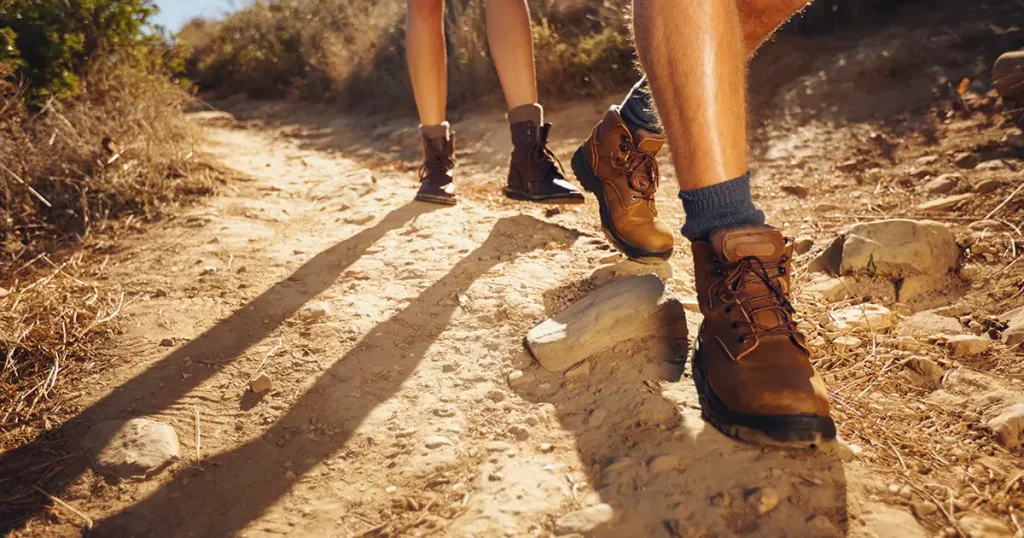
In the summer, you’ll probably want hiking shoes or hiking sandals. Shoes have the advantage of being protective, especially if you’re tackling harsher, steeper trails. Sandals have the advantage of being cooler, and they tend to dry quickly if you have to cross a stream, for example.
If you’re going for shoes, we like the Merrell Men’s Moab 2 Vent Hiking Shoes. They’re breathable, comfortable, and protective. For women, we like the KEEN Women’s Explore Waterproof Hiking Shoes. They’re waterproof, quick-drying, and comfortable, and they have good traction to keep you steady on uneven surfaces.
If you’d rather go for sandals, we’d recommend the Akita Men’s Outdoor Hiking Sandals, which are comfortable to wear. They dry quickly, and they offer good toe protection. For women, we like the Dream Pairs Women’s Summer Outdoor Sandals. They’re protective with good grip, and they’ll dry quickly if they get wet.
Tips for Hiking in Hot Weather
Hiking in hot weather can be tough. Here are some tips on how to keep going in warm weather:
Food & Hydration
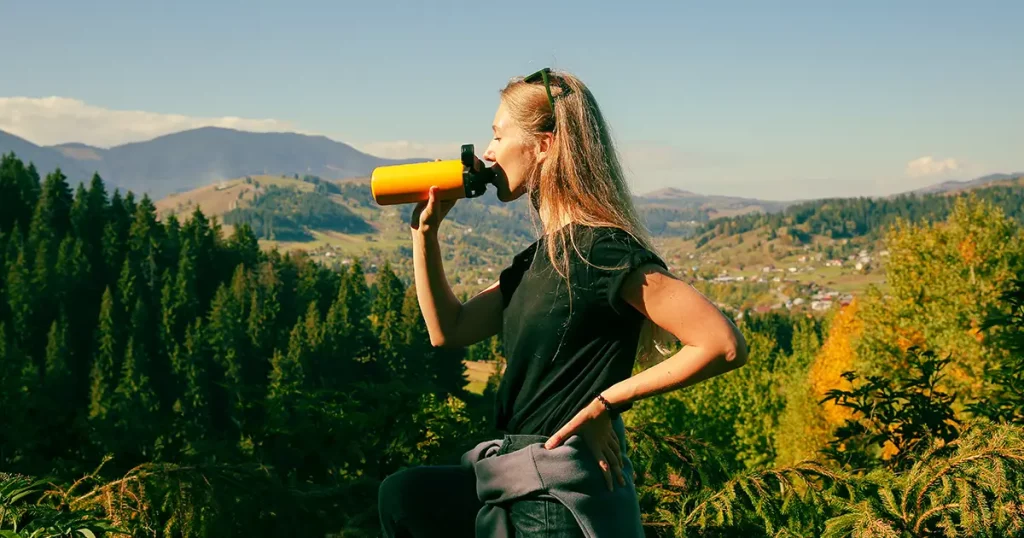
You’ll have to keep your energy levels up, so eating little and often is key. Look for snacks that are easy to carry, like bananas, energy balls, and energy bars.
The most important thing is to keep hydrated. Look for a large water bottle to keep you going through the day, and try to remember to take regular sips.
Sun Protection
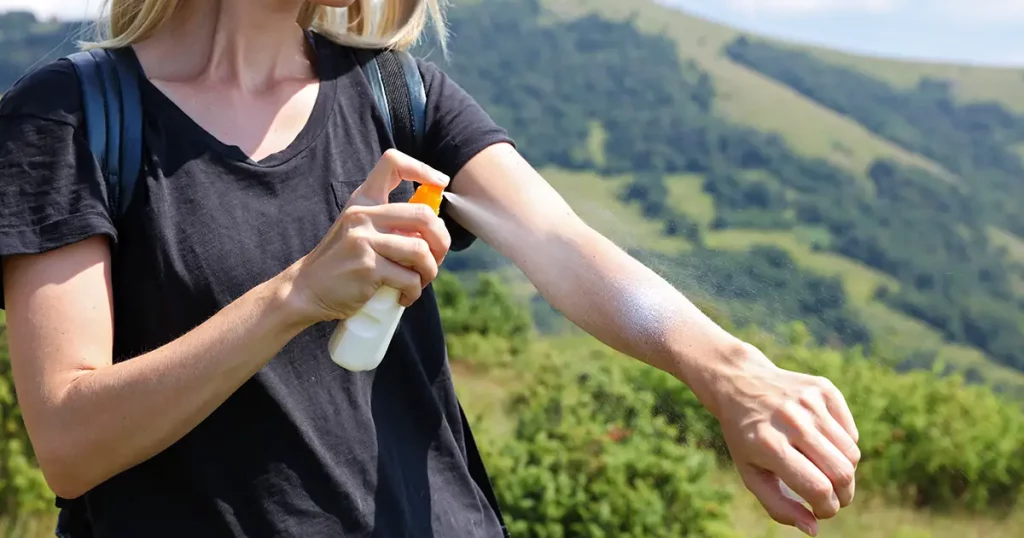
You’ll need to apply sunscreen before you leave and reapply it regularly (as often as the manufacturer suggests).
You should also look for shady areas during the hottest part of the day (usually 12 pm – 3 pm). Take regular breaks if you start to get tired.
Eye Protection
Eyewear is another factor. Sunglasses will make you feel more comfortable, but they’ll also provide vital protection against photokeratitis, which is temporary eye damage caused by harsh sunlight.
Frequently Asked Questions
Before you go, here are a few questions about hiking in hot weather:
What should I wear hiking in the fall?
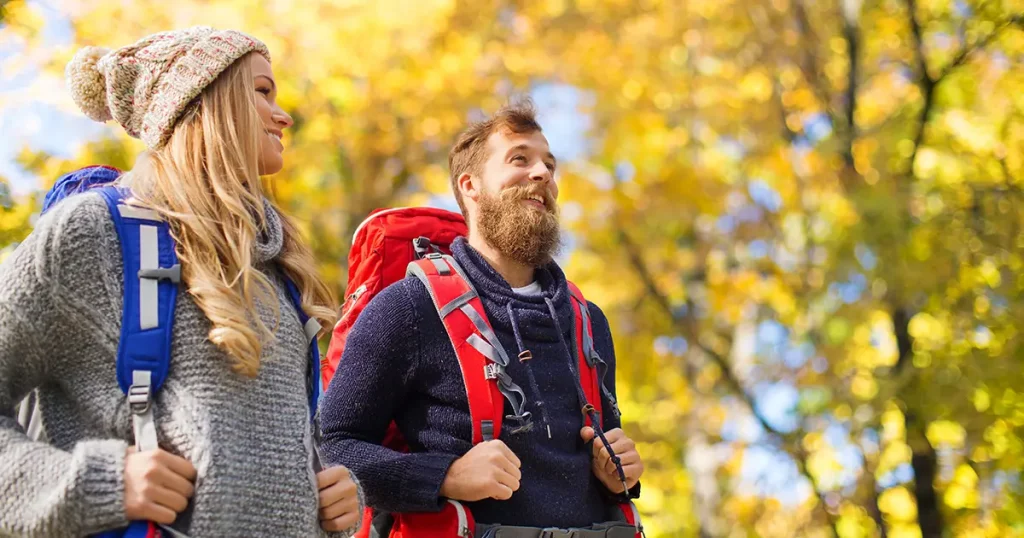
Hiking in the fall, depending on where you are, is not that different from hiking in the summer. It can still be pretty warm in the fall, and moisture-wicking fabrics (and sun protection) will still be important.
However, you may need to layer up, as it will start to get cold in the fall. We’d recommend wearing multiple light layers, so you can take them off if you need to.
If you live in an area prone to rain, you will want to bring along a waterproof jacket or a waterproof poncho to keep you dry.
Should you hike at night in the summer?
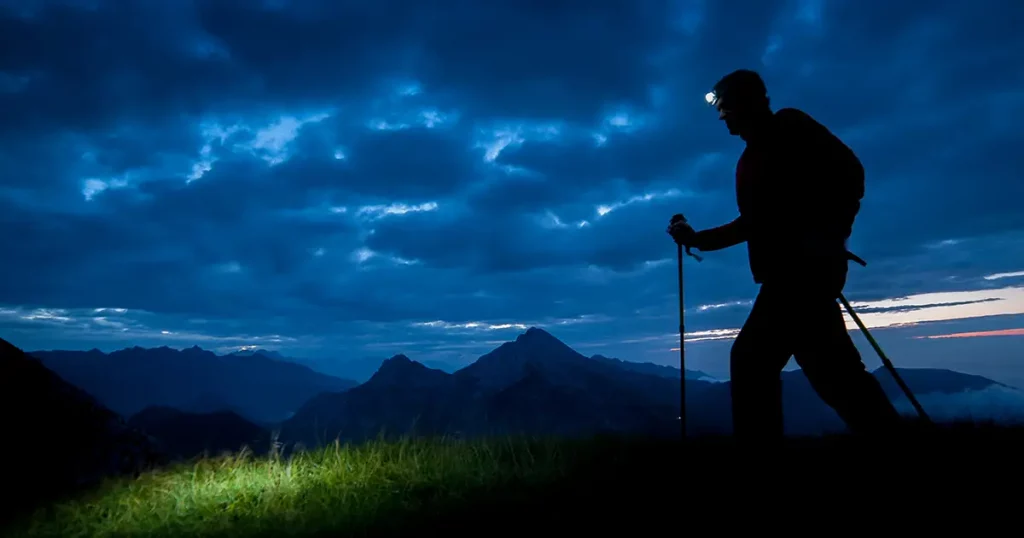
If you want to avoid the heat (and crowds), you might be tempted to hike at night. Hiking at night is more difficult because you won’t be able to see very well. You’ll also have to consider safety and hike in a group rather than alone if possible.
However, hiking at night can reward you with some spectacular night sky views, so you may decide it’s worth the effort!
What about insects?
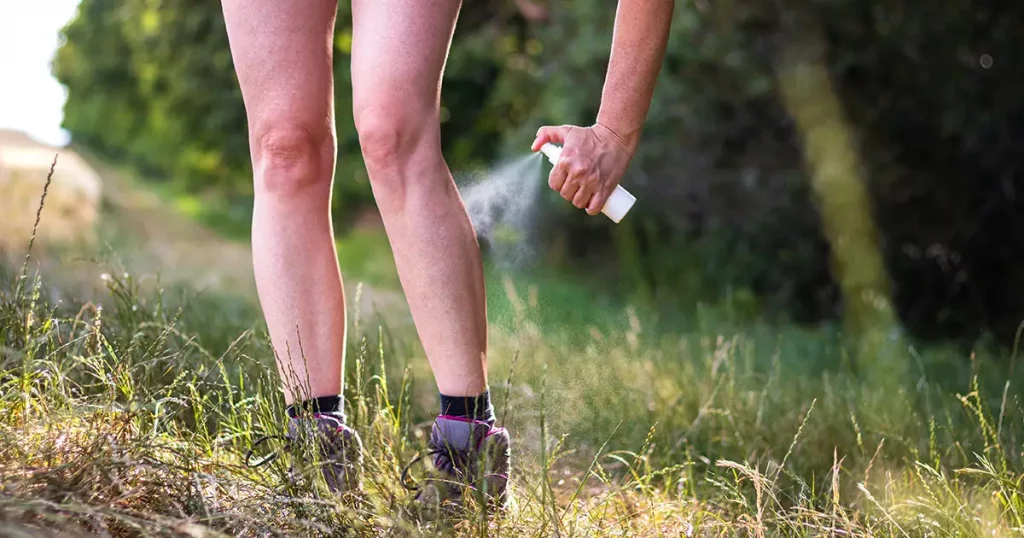
Insects can be a problem at all times of the year, but in the summer, bugs tend to reproduce more, so you’ll be seeing more of them. We’d recommend putting on some good insect repellent to protect your skin before you go.
To Sum Up …
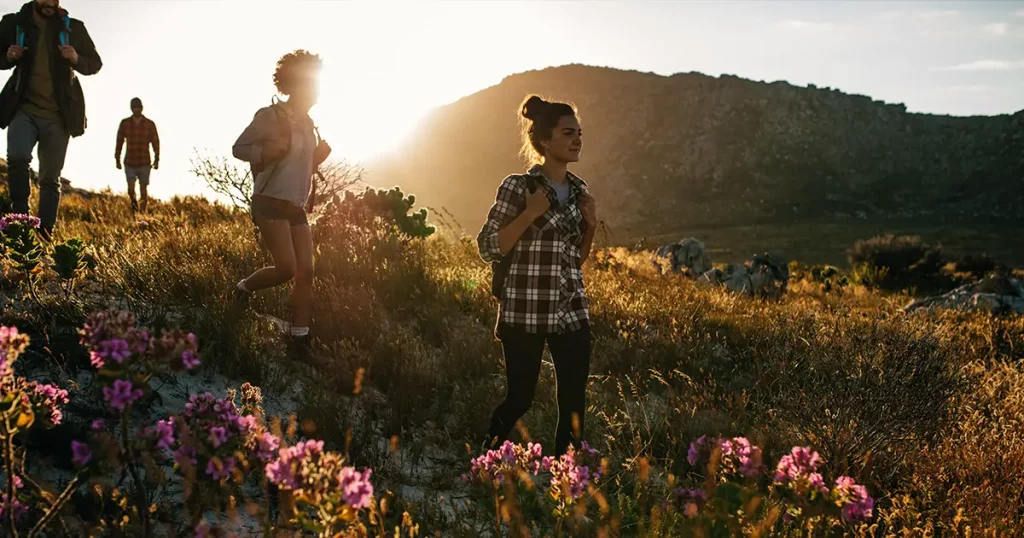
We hope this has helped you to plan what to wear on your next summer hike. With a little preparation, you can make hiking feel a lot more comfortable. We’d recommend loose, moisture-wicking clothing, and go for long-sleeved items if you’re worried about sunburn.
